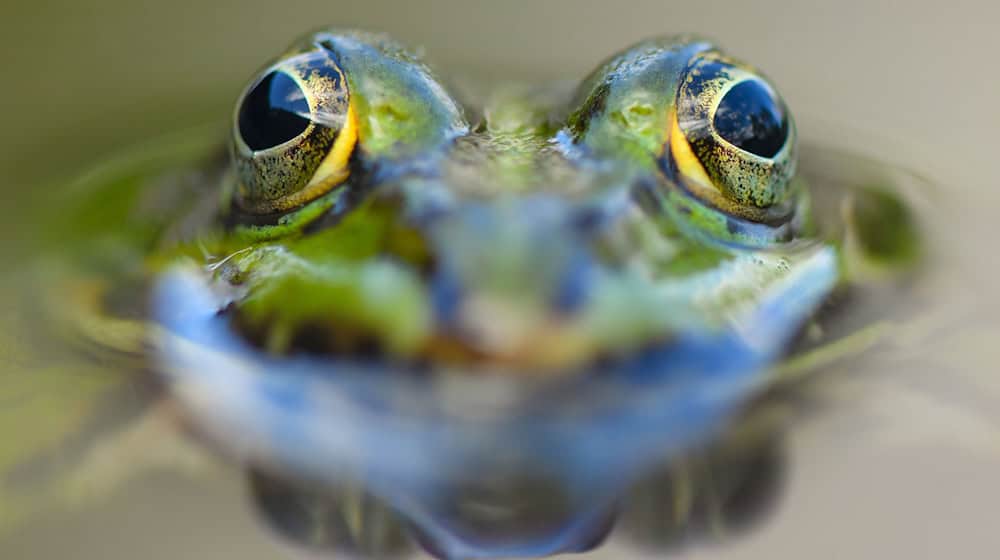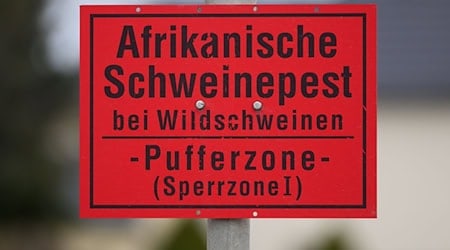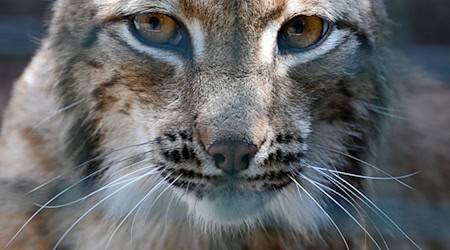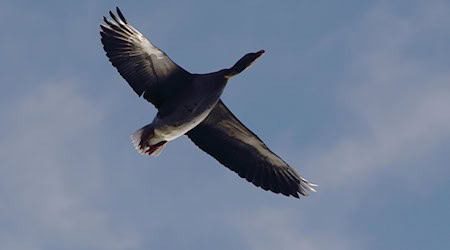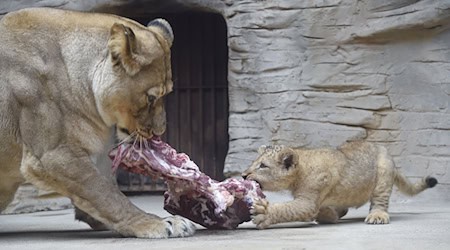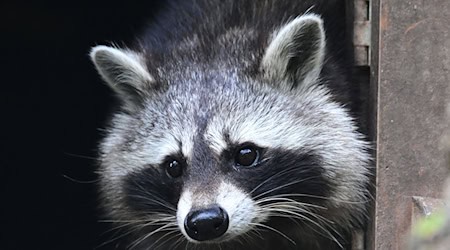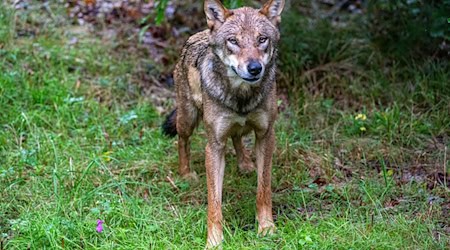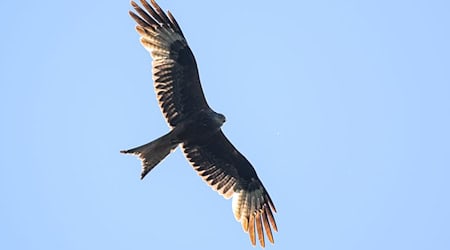The home garden can be a paradise for numerous animal species. The German Federation for the Environment and Nature Conservation (BUND) gives garden owners tips on how they can provide a habitat for amphibians with a little help. "Gardens can be refuges for biodiversity. Reptiles and amphibians also live between garden ponds and vegetable patches," said BUND. However, while sand lizards, toads, frogs and newts are quite common, other species are rarer.
Garden ponds as a habitat for amphibians
Fire salamanders were cited as an example. However, they are dependent on a garden pond. Even if the garden is no larger than 30 square meters, fire salamander larvae can reach metamorphosis in a pond every year. If, for example, the stream next door dries up in the first half of the year, small garden ponds could guarantee the survival of this population. For the larvae, both flowing waters and stagnant waters such as garden ponds would be suitable.
Avoid the use of pesticides
According to the conservationists, a small pond or pool can attract amphibians. This is because they need water to spawn and develop. Even the smallest ponds that are regularly filled with water can serve as a substitute water body for the animals.
The edges should be designed in a near-natural way. Dead wood and stones provide shelter and hiding places for amphibians, while native shrubs and plants provide them with food. Pesticides should be avoided.
No fear of mosquitoes
BUND considers the concern that garden ponds could become a breeding ground for mosquitoes to be unfounded. This is because mosquitoes would mainly come from rain barrels, but not from a planted garden pond that is accessible to animals. "You may have to deal with them for the first year, but then dragonfly larvae and amphibians will settle in and eat most of the mosquito larvae," it said.
Copyright 2025, dpa (www.dpa.de). All rights reserved

